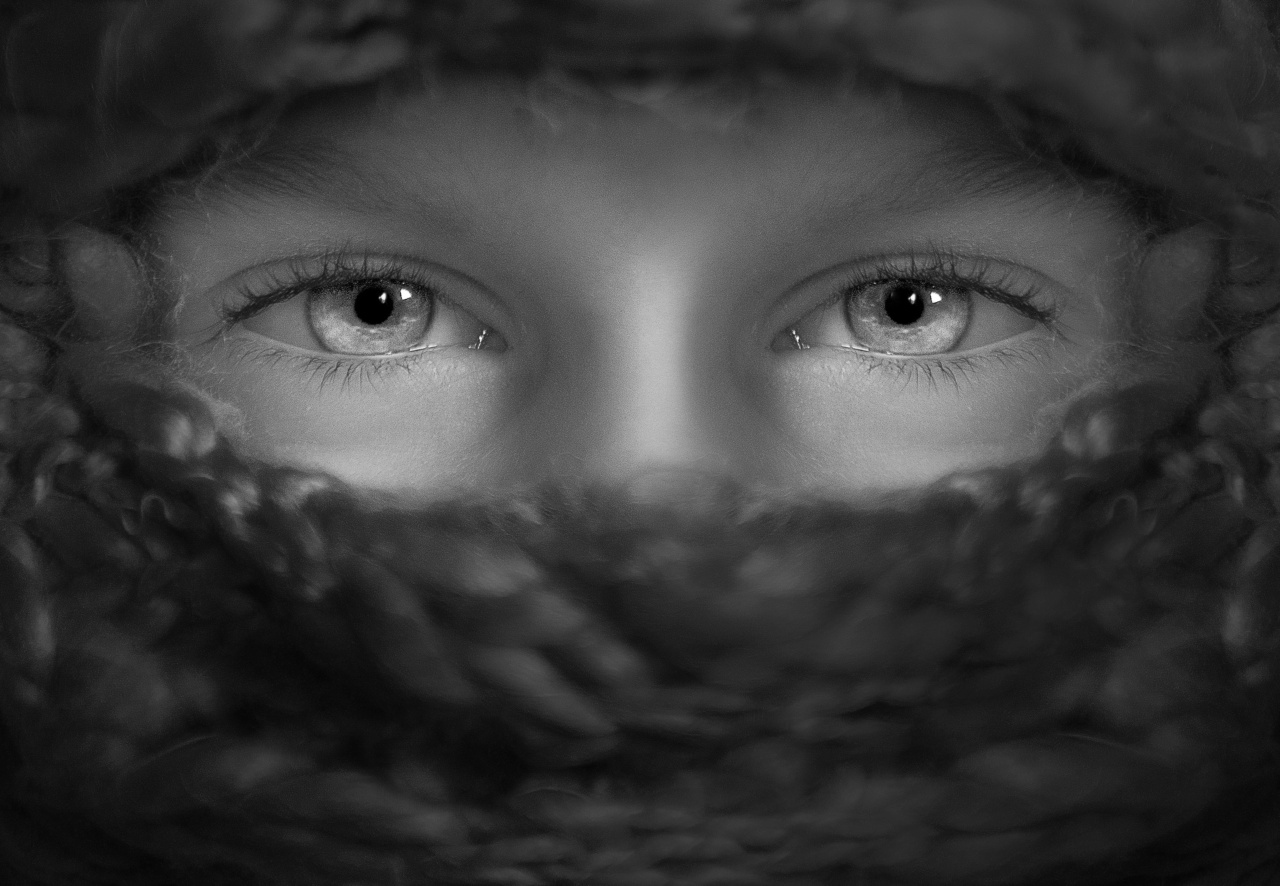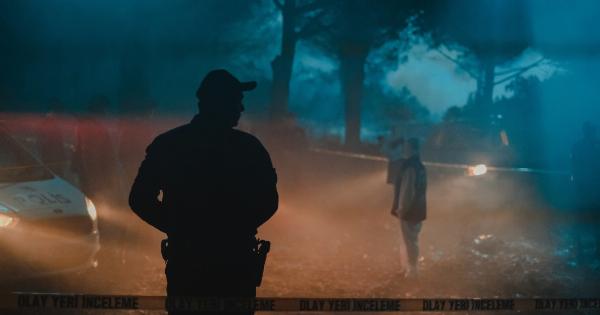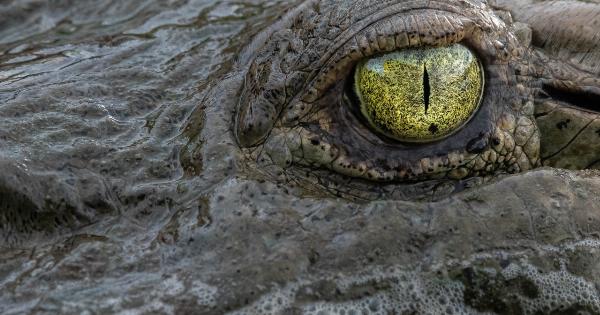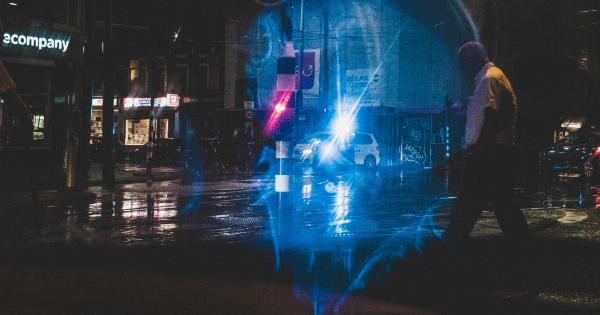Concussions are a type of traumatic brain injury (TBI) that can occur when the brain is jolted inside the skull.
They are common in children and youth who participate in sports or other physical activities, and can have a range of symptoms including headache, dizziness, nausea, and confusion.
One lesser-known consequence of concussions is the potential impact on vision. Research has shown that concussions can cause various types of vision impairment in children, which may affect their daily life and academic performance.
Types of Vision Impairment
Concussions can cause several types of vision impairment in children. These include:.
1. Post-Trauma Vision Syndrome (PTVS)
PTVS is a common form of vision impairment that can occur after a concussion. Symptoms include sensitivity to light, double vision, blurred vision, and difficulty focusing.
Children with PTVS may also experience eyestrain, headaches, and difficulty maintaining attention for visual tasks.
2. Eye Tracking Problems
Concussions can also affect the ability of the eyes to track movements smoothly and accurately. This can cause problems with reading, writing, and other tasks that involve tracking a moving object or following a line of text.
3. Double Vision
Sometimes, concussions can cause double vision, which can be caused by a number of factors including muscle imbalance, nerve damage, and brain damage.
Double vision can make it difficult to carry out everyday activities like reading, walking, and driving.
4. Visual Perception Problems
Concussions can also cause problems with visual perception, which is the ability to interpret and make sense of visual information. Children with visual perception problems may struggle with spatial awareness, object recognition, and visual memory.
5. Light Sensitivity
Many children who have had a concussion experience sensitivity to light, which can make it difficult to be in bright environments or to look at screens like computers and phones.
Light sensitivity can cause headaches and eye strain, and may affect a child’s ability to participate in daily activities.
Treatment
If your child has suffered a concussion and is experiencing vision impairment, it is important to seek medical attention from a qualified healthcare professional.
In many cases, vision therapy can be an effective treatment for concussions-related vision problems.
Vision therapy involves a series of exercises and activities designed to improve visual skills and reduce symptoms associated with concussions.
These may include activities that improve eye tracking, visual perception, and hand-eye coordination, as well as exercises to reduce sensitivity to light and improve visual comfort.
Other treatments may include specialized glasses or contact lenses, and in some cases medications may be prescribed to help treat symptoms such as headaches and eye strain.
Prevention
The best way to prevent concussions and associated vision impairment is to take precautions to protect your child during physical activities.
This may include using protective gear like helmets and mouthguards, teaching proper techniques for contact sports, and monitoring your child for signs of a concussion.
If your child does experience a concussion, it is important to give them plenty of time to rest and recover. This may include limiting physical activities, reducing screen time, and avoiding bright or flashing lights.
Conclusion
Concussions can cause a range of vision problems in children, which can affect their daily life and academic performance.
If you suspect your child has a concussion, it is important to seek medical attention and treatment from a qualified healthcare professional. With the right treatment and preventative measures, you can help protect your child’s vision and overall health.




























